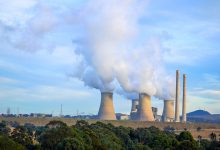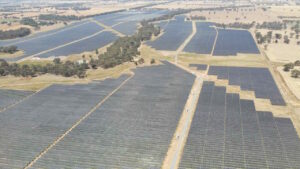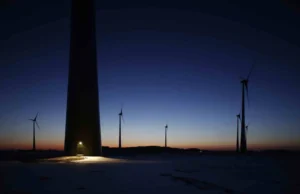For all the talk of Australia moving beyond coal generation within a decade, and the renewed anguish over climate impacts expressed at the start of the COP27 climate talks in Egypt, it seems that some coal plant owners are not for moving.
In the past few months there has been a series of dramatic announcements by the country’s remaining coal states.
Queensland has said all state owned coal plants will be gone by 2035, Victoria is essentially shutting the industry around the same time with its 95 per cent renewables target, and W.A. is closing the last state owned coal generator by 2028.
The NSW Coalition government has not announced coal closures, as such, but is most advanced on a renewable infrastructure plan that assumes that most will be closed within 10 years, if not all of them. Its first renewable and storage tender is already underway.
These announcements are more or less in line with the Australian Energy Market Operator’s “step change” scenario in its Integrated System Plan, and its forecast of an 82 per cent renewable share in the main grid by 2030 has now been adopted by the federal Labor government as its de-facto target.
It should be noted that the “step change” scenario falls short of what is considered necessary to help cap global warming at the increasingly difficult 1.5°C target. That would require all coal plants to be shut within 10 years, as modelled under the so-called “hydrogen superpower” scenario.
That 1.5°C target is increasingly important. The first day of the climate talks in Egypt have heard of the dramatic warnings by the UN of a “highway to hell”, and Barbados leader warning of “billions of refugees.”
But the latest data on expected closure years released by AEMO shows that – despite the best efforts of the various state governments – some coal plant owners are sticking with their close-by dates, some as late as 2051.
That’s the date that private owners of the Milmerran coal plant in Queensland have slated for the closure of their 1.7GW plant. One of the shareholders in that plant, the Czech-based Sev.en, recently bought the Vales Point coal generator in NSW from coal baron and renewables sceptic Trevor St Baker and his partner Brian Flannery.
That coal plant is due to close by 2029, but Sev.en has indicated that it thinks coal will be around for a long time.
Alinta still has a 2047 close-by date for the Loy Yang B brown coal generator, even though the state government and AEMO are working on the assumption that it will be shuttered by 2032.
AGL’s Bayswater plant has been moved forward to 2033 and Loy Yang A to 2035, although the company’s chair – in her fight against independents – insists that any quicker could cause the lights to go out.
Even the state-government owned Stanwell coal generators are slated to close in 2046, despite the government’s newly announced policy. Someone didn’t get the memo.
The good news is that AEMO reckons there is nearly 80GW of wind energy capacity in the pipeline – likely boosted by a whole bunch of offshore wind plans – and more than 40GW of large-scale solar, and another 35GW of battery storage of varying duration.
Not all that capacity will be built, and if it is it will require considerable work on building transmission lines, improving connection and grid management protocols, and making the market rules fit for purpose.
In the meantime, there is still one 990MW coal plant left in the proposed column of AEMO’s generation information. Presumably, another memo lost in the system.











